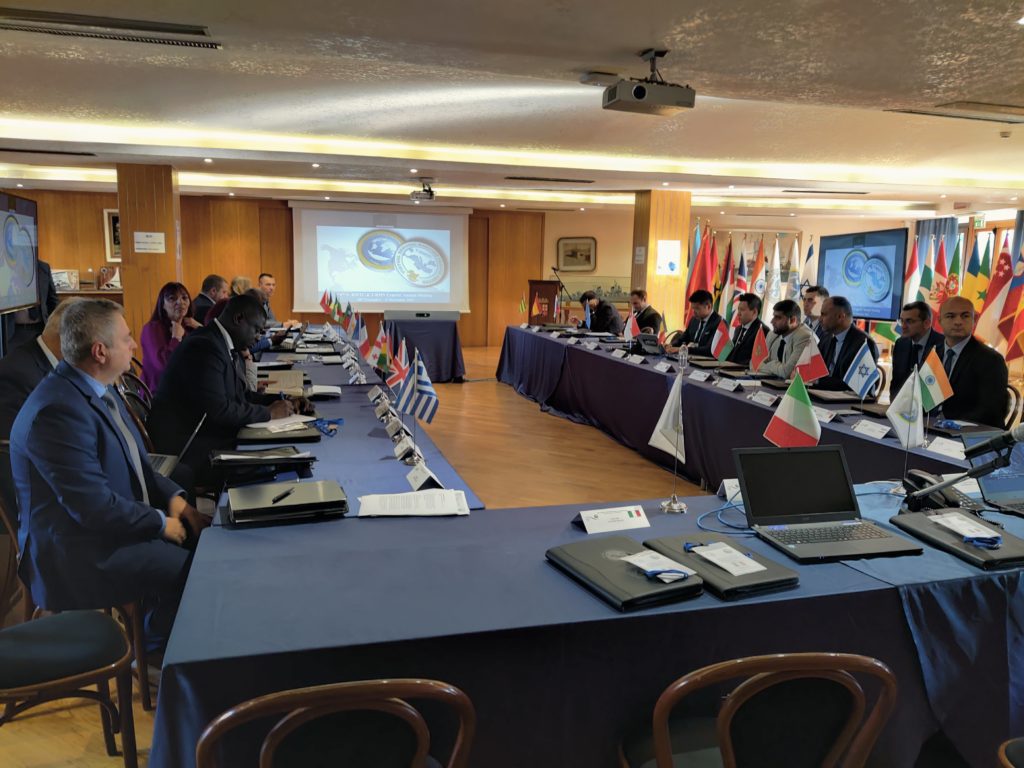Maritime Situational and Domain Awareness (MDA) is one of the key solutions in the maritime security tool box and one of the core themes of my recent research. Since almost 20 years the Italian navy facilitates one of the most important international mechanisms for MDA, known as the Virtual-Regional Maritime Traffic Center and the Trans-Regional Maritime Network. I participated in the annual expert meeting on December 1st, and introduced the key conclusions from SafeSeas research on how to improve MDA.

Twenty two navies were represented at the event, including representatives from Ghana, Kamerun, Brazil Argentina, Singapore and from the Mediterranean Sea and Black Sea. The event offered the opportunity to reflect on the importance of MDA in different settings and how to extend and improve data exchange in the network.
The network relies on the FENIX system hosted by the Italian navy. FENIX is conceived as a “service-oriented infrastructure for maritime traffic tracking”. It provides tools for identifying suspicious behavior at sea, a shared list of Vessels of Interest, as well as a chat function. It hence provides similar functions, as other tools such as the U.S. platform Seavision, or the IORIS platform developed and promoted by the E.U. in the Indo-Pacific region. Such platforms can be important additional decision making instruments for operations at sea. The greatest strength of a platform such as FENIX is the communities that it connects by synchronizing data from different national and regional sources, but also by provide direct channels of communication.
Like other networks also the VRMTC/T-RMN faces the challenge of how to deal with the fact that MDA initiatives have multiplied over the years. The long term experience with the two initiatives might help to better network the networks and make a global community of maritime security practice a reality. It could in particular help to better standardize Vessels of Interest lists, and incident reporting.